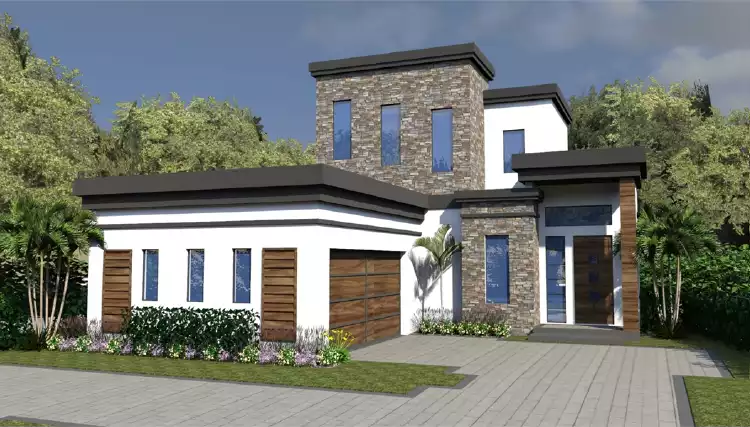Achieving Sustainability and Longevity With Eco-Friendly Concrete Construction Solutions for Your Project
The integration of eco-friendly materials and sustainable building techniques holds the assurance of fostering longevity in jobs while minimizing adverse environmental impacts. By exploring ingenious environment-friendly concrete building and construction options, a harmonious balance in between longevity, sustainability, and environmental responsibility can be accomplished.
Benefits of Eco-Friendly Concrete
The benefits of making use of green concrete in building and construction projects prolong beyond ecological benefits to incorporate cost-effectiveness and resilience. Green concrete, frequently made with recycled materials or made to decrease carbon emissions during manufacturing, uses a sustainable option to conventional concrete. Among the key advantages of environment-friendly concrete is its favorable impact on the environment, as it helps reduce carbon impacts and decreases waste generation. Additionally, this kind of concrete can add to getting green building certifications, which can enhance the bankability and value of a construction project.

Sustainable Building Practices
Having established the benefits of environmentally friendly concrete in building jobs, the focus currently shifts towards sustainable construction methods that better enhance ecological stewardship and long-term stability in the structure industry. Sustainable building methods include the assimilation of ecologically pleasant methods throughout the whole building process, from design to demolition. This includes using recycled products, enhancing power efficiency, decreasing waste generation, and promoting the health of both the atmosphere and occupants.
One key aspect of lasting building is the consolidation of renewable resource sources like solar panels and geothermal heating unit to minimize dependence on traditional energy grids. Additionally, applying environment-friendly building qualifications such as LEED (Management in Energy and Environmental Design) or BREEAM (Building Research Establishment Environmental Assessment Technique) can assist make certain that jobs fulfill rigid sustainability criteria.
In addition, sustainable construction methods prioritize water preservation with making use of efficient plumbing fixtures and rain harvesting systems. By adopting these eco-conscious strategies, construction tasks can substantially decrease their ecological effect while promoting a more resistant and sustainable built atmosphere for future generations.

Longevity Through Eco-friendly Products
Utilizing sturdy green products in building and construction projects is necessary for ensuring the longevity and sustainability of buildings. Eco-friendly materials are those that have a minimized influence on the environment throughout their life process, from removal to disposal, manufacturing, and usage. One vital element of eco-friendly materials is their durability, which straight contributes to the long life of helpful hints a structure. By selecting high-quality, resilient eco-friendly products, building and construction jobs can reduce the requirement for frequent repairs and replacements, hence prolonging the lifespan of the structure.
Products such as recycled steel, reclaimed timber, bamboo, and recycled glass are examples of environment-friendly materials that use both sturdiness and sustainability advantages. These materials not only add to the strength of a building however also help in reducing its carbon footprint. In addition, eco-friendly products commonly require much less upkeep and maintenance, further improving the longevity of the structure.
Incorporating green materials right into building jobs is an aggressive approach in the direction of achieving sustainability and long-lasting viability in the built atmosphere - concrete contractors near me. By focusing on resilience and ecological obligation, developers and home builders can produce structures that stand the examination of time while decreasing their eco-friendly effect
Environmental Impact Decrease
Purposefully implementing eco-conscious practices can significantly minimize the environmental influence of concrete building tasks. By prioritizing lasting sourcing of raw materials, such as using recycled aggregates and supplementary cementitious materials like fly ash or slag, the carbon footprint of concrete production can be reduced. In addition, enhancing the mix design to reduced cement content while keeping performance requirements assists reduce greenhouse gas emissions connected with concrete manufacturing.
Throughout building, reducing waste generation via effective project preparation and making use of sophisticated methods like prefabrication can further decrease the environmental effect. Integrating methods for water preservation, such as on-site water recycling systems and permeable pavements, helps in reducing water intake and get redirected here drainage air pollution (concrete contractors near me). Furthermore, executing energy-efficient methods in concrete curing and building devices procedure can add to lowering total power use and connected exhausts
Eco-Friendly Solutions for Projects
Executing eco-friendly remedies in building tasks is vital for reducing ecological effect and promoting sustainability. From the style phase to the materials utilized, there are various means to incorporate environment-friendly techniques into building tasks.
An additional important facet of environmentally friendly construction options is waste administration. Carrying out reusing programs on-site and making certain correct disposal of building and construction waste can dramatically decrease the ecological effect of a job. Additionally, designing structures with reliable water administration systems, such as rainwater harvesting or greywater recycling, can contribute to saving this useful resource.
Verdict
Finally, adopting eco-friendly concrete construction remedies supplies many benefits for jobs, including sustainability, long life, and lowered ecological impact. By incorporating lasting techniques and eco-friendly materials, construction projects can add to a more eco-friendly and lasting future. It is important for firms and individuals in the building industry to focus on environment-friendly remedies to aid reduce the unfavorable influences of conventional building approaches on the atmosphere.
The advantages of making use of environmentally friendly concrete in building projects expand beyond ecological benefits to encompass cost-effectiveness and durability. By selecting environment-friendly concrete, building and construction projects can attain sustainability goals without jeopardizing on top quality or performance.
Having actually established the advantages of eco-friendly concrete in construction jobs, the emphasis currently changes towards sustainable building techniques that additionally improve ecological stewardship and long-term stability in the building market.In final thought, taking on environment-friendly concrete construction options provides various benefits for projects, including sustainability, durability, and decreased environmental effect (concrete contractors near me). It is crucial for firms and people in moved here the construction sector to focus on environmentally friendly options to aid minimize the negative impacts of conventional building techniques on the atmosphere